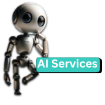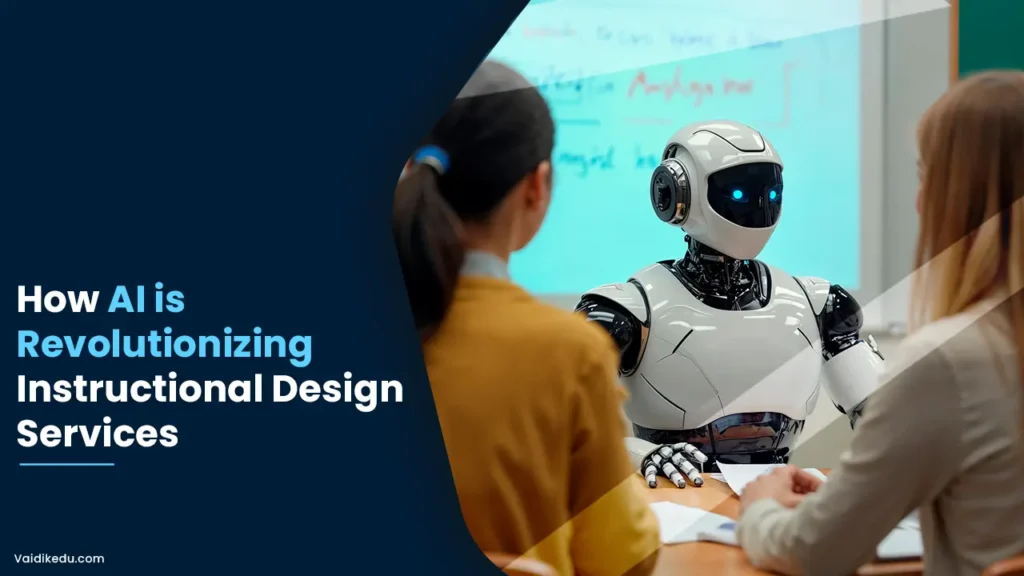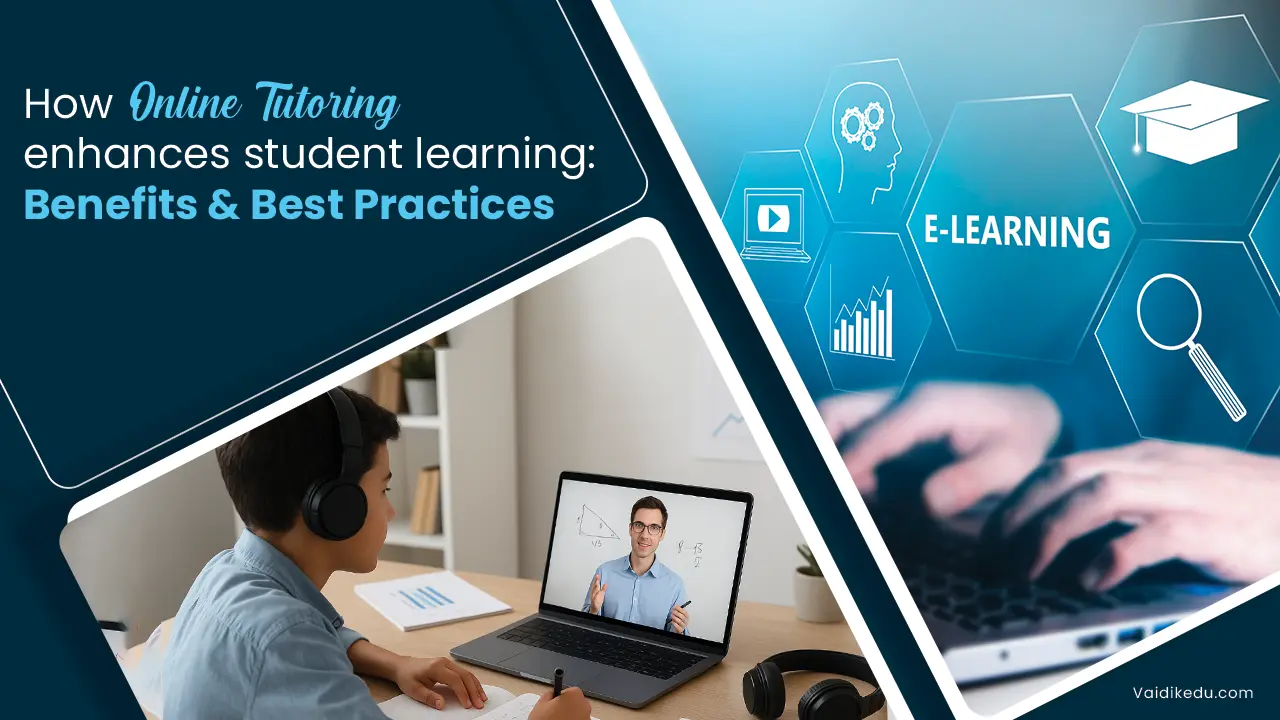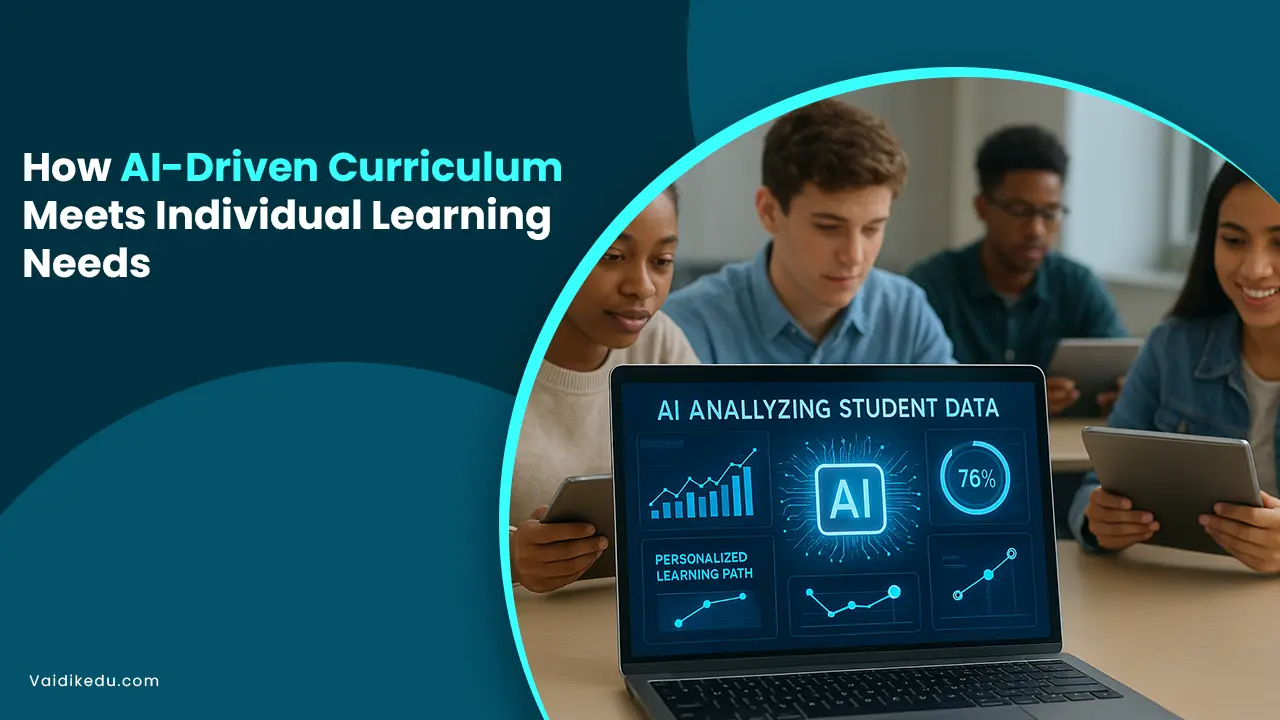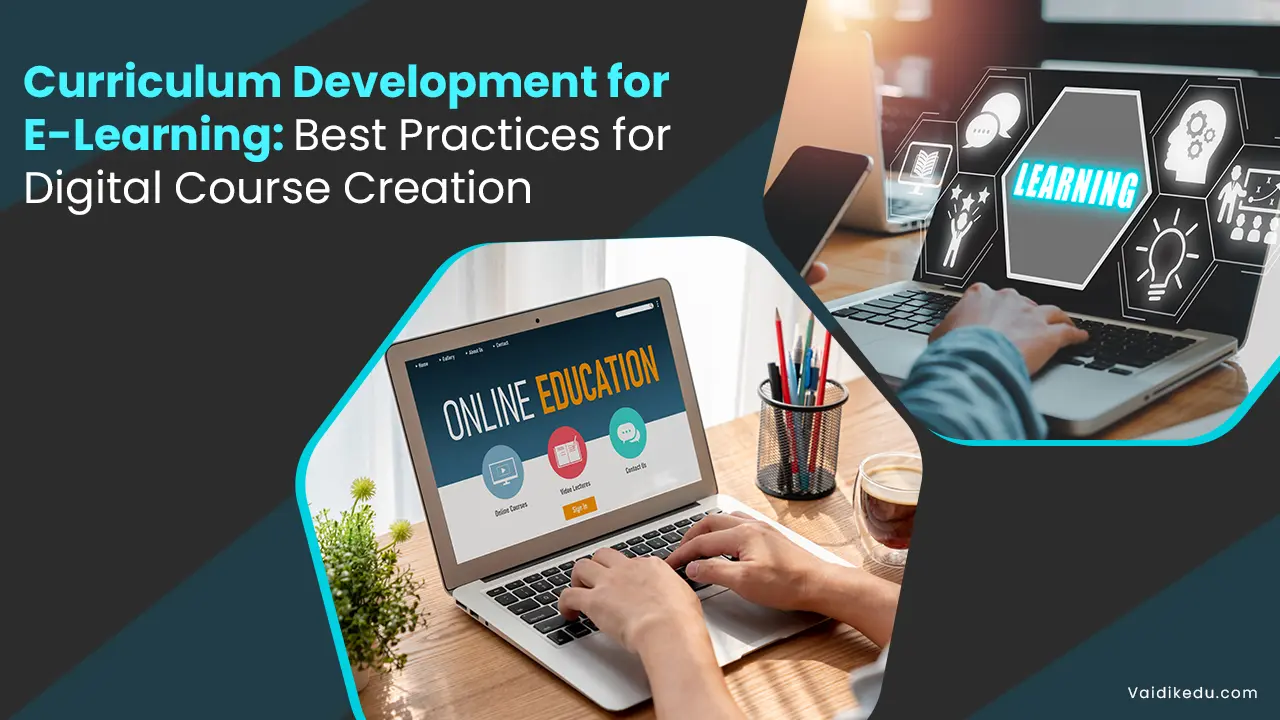Artificial Intelligence is changing various industries quickly, and instructional design service is no exception. Instructional design strategically creates meaningful and engaging learning experiences in the education and corporate sectors.
Instructional designers have now advanced tools and techniques related to AI integration that make processes easier, personalized learning more feasible, and engagement higher.
This blog explains the revolutionary effects of AI in instructional design services, its benefits, real-world applications, and the potential challenges that may come up. In the end, you will understand clearly how AI changes the nature of designing and delivery of education.
The Role of AI in Instructional Design
AI technology automates routine work, analyzes massive amounts of data, and offers insights to make the design and delivery of learning content better. It helps the instructional designer to focus on the creative aspects of the work while ensuring that the content is efficient and effective for learners.
The Main Areas Where AI is Making A Difference Are As Follows:
- Personalized learning
- Content Creation
- Learning Analytics
- Adaptive Assessments
- Chatbots and Virtual Assistants
Personalized Learning With AI
Modern instructional design is made seamless by making personalization more accessible through the use of artificial intelligence. That is, such algorithms analyze individual learner’s preferences, learning types, and outcomes to deliver optimized content.
Learners and tutors can connect in this system by the fact that a smart LMS chooses that course to give to man by several attributes, especially their capability to address additional resources required or needed exercises in the course given. This implies giving learners effective and interesting spending of time learning.
Advantages:
- It addresses several kinds of learners
- Increases engaging because it does appropriate content addressing the learner appropriately.
- Improving the outcome regarding learning as per their choice.
Aligning Content To Learning
AI tools make the development of content much easier by assisting in automating tasks such as generating quizzes, summarizing text, or complex information into formats that are easily visualized.
Platforms like ChatGPT and other natural language processing tools support instructional designers with course material preparation, while AI-driven design tools support instructional designers with course material preparation, while AI-driven design tools help generate interactive visuals and simulations.
Real-Life Application:
This means that with instant translation tools, instructional designers can create content in multiple languages. It saves the time and money spent trying to reach a global audience.
Advantages:
- Saves time in developing content.
- It ensures consistency in tone and structure.
- It helps designers focus on creativity and strategy.
Improved Learning Analytics
Data is a goldmine for instructional designers, and AI helps unlock its potential. By analyzing learners’ behavior, progress, and engagement patterns, AI provides actionable insights. These analytics enable designers to identify gaps, refine content, and measure the effectiveness of learning programs.
Applications:
- Tracking learner progress in real-time.
- Identifying underperforming content or sections.
- Predicting learner success or dropout risks.
With these insights, instructional designers can make data-driven decisions to optimize learning experiences.
Adaptive Assessments
It also makes assessment dynamic and adaptive. That test that a learner is provided with is set by his proficiency level.
When the learner is answering a question correctly, the system points them to one more challenge for the learner. The wrong answer directs the system to give him a simpler one or explanations.
Adaptive learning is not merely assessing knowledge; it cements it.
Impact :
- It gives direct feedback immediately.
- Tests do not cause anxiety as they adapt to the learner’s capabilities.
- Enhances skill mastery through targeted questioning.
- Chatbots and Virtual Assistants
- AI-powered chatbots serve as virtual tutors, offering learners instant assistance and answering queries. These tools are available 24/7, ensuring continuous support.
Features:
- Real-time clarification of doubts.
- Guidance on course navigation.
Suggestions For Additional Resources:
Besides, virtual assistants like Siri or Alexa can be included in e-learning environments to offer voice-based learning opportunities to make education accessible and convenient.
Barriers To AI in Instructional Design
The benefits notwithstanding, the integration of AI in instructional design comes with several challenges:
- Data Privacy Issues: Gathering and processing learner data poses ethical and legal concerns.
- Expensive Setup Costs: The introduction of AI solutions incurs high initial costs.
- Bias in Algorithms: AI systems could perpetuate biases if not well-designed in the content learned.
- Dependency on Technology: Overreliance on AI may diminish the creativity and instinctive approach in instructional design by humans.
AI-Driven Collaboration in Instructional Design
Another huge area where AI is transforming the instructional design landscape is through enhancing collaboration between designers, educators, and learners. Seamless teamwork across geographies is fostered by AI-powered tools toward a more inclusive and diverse approach to content creation.
For instance, with AI-enabled cloud-based platforms, several instructional designers can collaborate in real time to co-create the material content. Some AI tools suggest ensuring consistent content, and can even indicate weak points. Therefore, this collaborative environment ensures that the best ideas are incorporated into learning design while redundant effort is at a minimum.
It also serves as a bridge that immediately throws open patterns related to learning between the learners and the teachers. For example, an AI could warn a teacher that more than half of the class is failing some concept, wherein the teacher has a choice to step in in an appropriate way before it starts wreaking havoc. All these guarantee immediate responses to students’ questions so that the process of instructional design happens at the moment.
Multimodal Learning Through AI
AI also enables instructional designers to develop multimodal learning experiences for different sensory preferences. The integration of AI with technologies such as NLP, speech synthesis, and computer vision enables designers to create content for auditory, visual, and kinesthetic learners.
Examples of Multimodal AI Applications:
- Speech-to-Text And Text-to-Speech Conversions: AI tools can turn lecture videos into readable transcripts or convert written content into audio for auditory learners.
- Interactive Video Content: AI-based software can transform videos into interactive entities where learners can click on elements, thereby procuring additional information or taking quizzes.
- Gamification: AI can analyze the behavior of the learner to develop game-based learning modules that are more engaging and retentive.
- All such multimodal approaches make instructional content inclusive and effective for diverse learners.
- Ethics remains top as AI finds its way in the process of building trust and fair instruction design. Still, AI needs to be designed to respect different cultures without any bias so that all learners benefit from this, especially those with special needs.
Steps For Overcoming Ethical Challenges
- Transparency: The algorithms in AI must be transparent and explainable so that the designer can understand how the decisions were made.
- Bias Mitigation: Developers must ensure that AI tools are tested in terms of all biases that affect the delivery of content negatively.
- Inclusive Design: Content must embrace accessibility, even as it caters to the WCAGs (Web Content Accessibility Guidelines).
Through embedding ethics into AI, instructional designers will ensure the creation of fair, inclusive, and effective learning experiences.
AI And Continuous Learning For Designers
AI is transforming not only how learners consume content but also how instructional designers skill up. The AI-driven professional development platform provides learning paths tailored to the individual, identifies skill gaps, and updates with relevant emerging trends.
Examples of AI-assisted learning for Designers
- Course recommendation based on skill deficiencies.
- Simulation, which allows a skilled person to practice a new instructional design strategy.
- Instant feedback on project drafts to help improve quality.
This self-reinforcing learning cycle ensures that instructional designers are always at the frontier of innovation, providing state-of-the-art solutions for the learner.
Future of AI in Instructional Design
- Future opportunities include: AI continues to grow, Its application will continue to rise in instructional design.
- Immersive Learning Experiences: Merging AI with virtual and augmented reality.
- Hyper-Personalized Content: Predictive analytics can help anticipate the needs of the learners.
- Automation of Entire Courses: From planning to delivery, AI could manage end-to-end processes.
- AI promises to create a learner-centric ecosystem where education is accessible, engaging, and effective.
Conclusion
AI undoubtedly is revolutionizing instructional design services. It enables the design of efficient, engaging learning experiences that are personal to learners.
Since it automates routine work, assists in the analysis of learner data, and offers solutions tailored to learners’ needs, it empowers the innovation potential of instructional designers.
However, the incorporation of AI into practice faces disadvantages, which include challenges in data protection, ethical dilemmas, and highly expensive.
There is a need to ensure that incorporating AI does not compromise the aspects of human emotions and touch where learning is productive and effective when embracing AI.
Frequently Asked Questions
AI automates the creation of content; and personalizes learning experiences for the students to give learning analytics and adaptive assessment support while enhancing the large instructional design process.
AI processes learner data to make content personalized concerning the preferences, learning styles, and progress of the learner to provide customized learning.
AI powers interactive, adaptive, and relevant content, instant feedback, and the need of personalization to keep learners engaged.
A future where one discovers immersive learning experiences, hyper-personalized content, and AI-driven end-to-end course automation that can develop a learner-centric education ecosystem.

